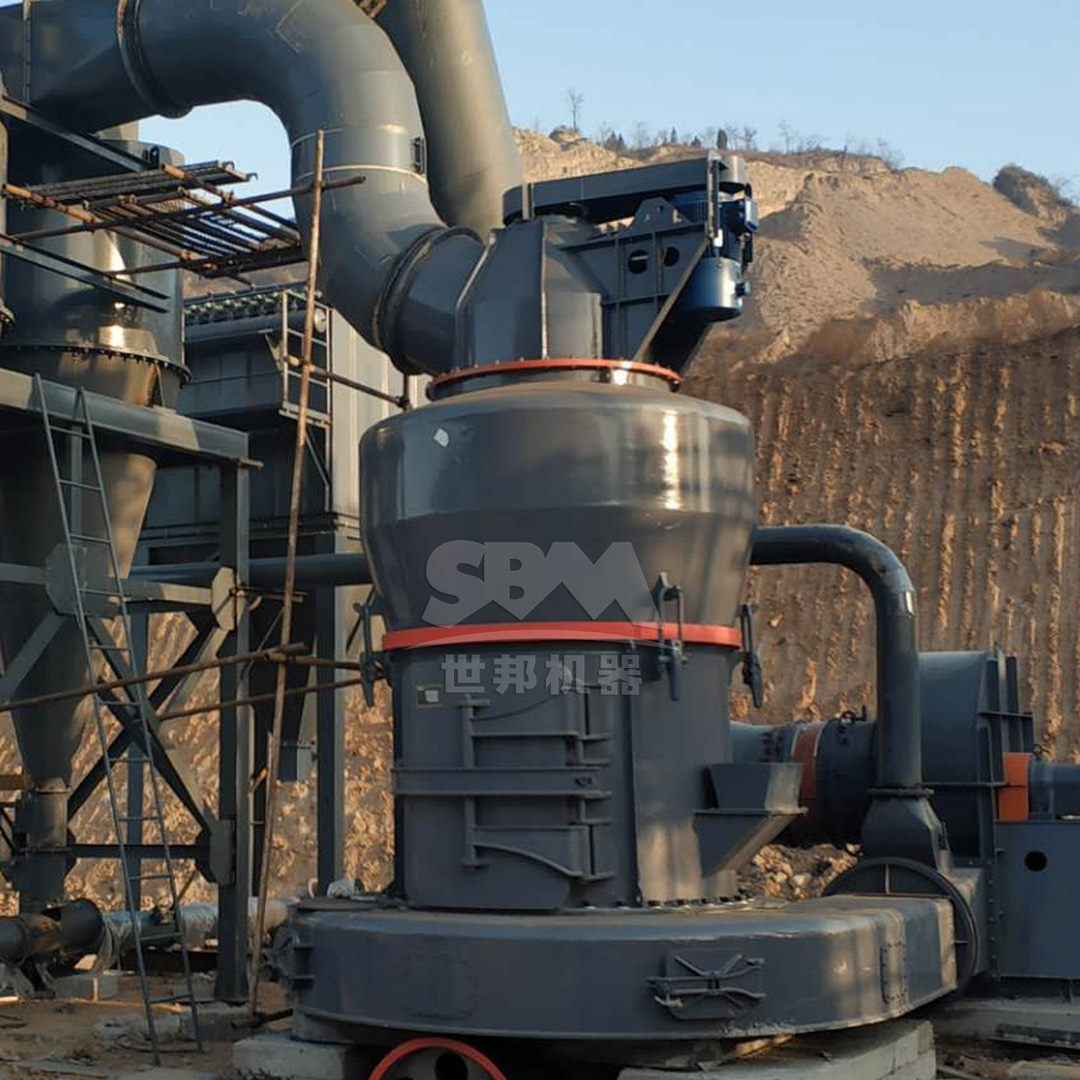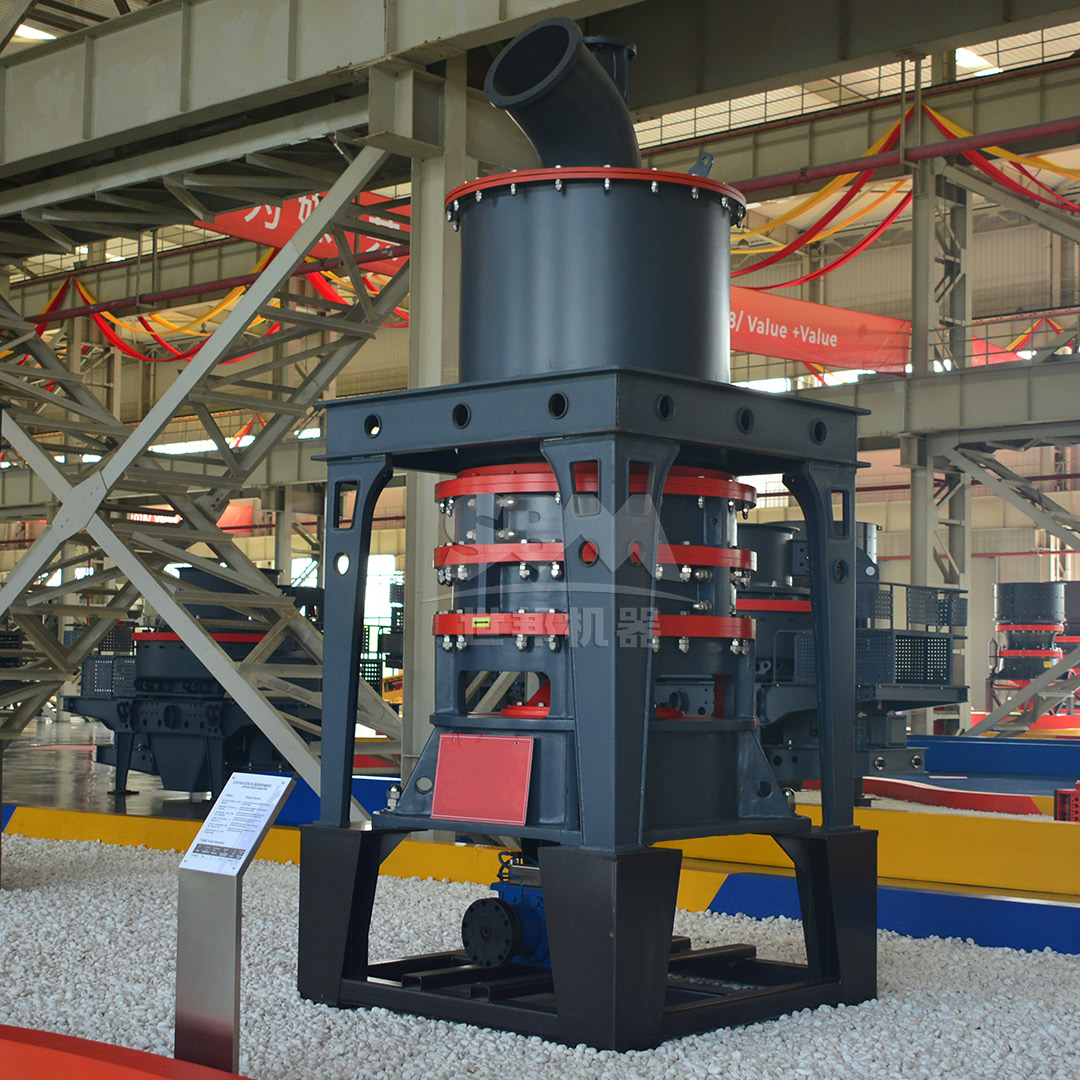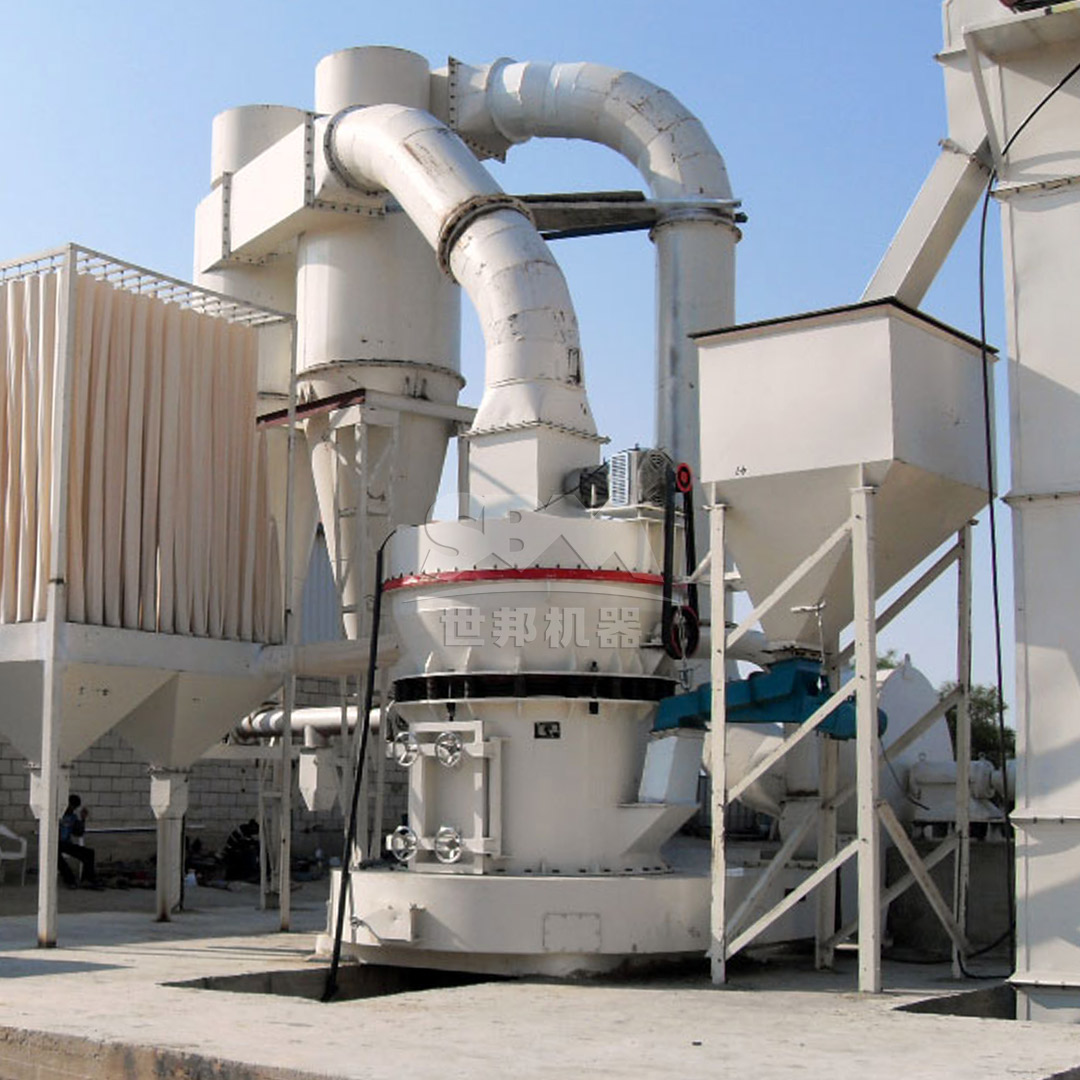The production of high-quality refractory materials is a demanding process that begins with the precise comminution of raw bauxite. The selection of an appropriate grinding system is not merely an operational decision but a strategic one, impacting product quality, energy consumption, overall production costs, and environmental footprint. Bauxite, the primary ore for aluminum and a key component in refractory products, possesses specific abrasive and hardness characteristics that necessitate grinding equipment designed for durability, precision, and efficiency. This article delves into the critical factors involved in optimizing bauxite grinding and highlights advanced pulverizer technologies that meet these rigorous demands.
Bauxite is a sedimentary rock with a high aluminum content, primarily in the form of gibbsite, boehmite, and diaspore. Its use in refractory materials—products designed to withstand extremely high temperatures—requires a carefully controlled particle size distribution (PSD). A consistent and fine PSD ensures optimal sintering behavior, density, and mechanical strength in the final refractory product. The target fineness for refractory-grade bauxite often falls within the range of 200 to 325 mesh (74 to 44 microns) for many applications, though some advanced materials require ultrafine grinding down to 2500 mesh (5 microns).
The abrasive nature of bauxite, often containing impurities like silica and iron oxides, presents a significant challenge. Equipment must be constructed from wear-resistant materials to minimize downtime for maintenance and part replacement. Furthermore, the grinding process must be energy-efficient, as comminution is typically the most energy-intensive step in mineral processing.
Several types of grinding mills are employed in mineral processing, each with its own advantages and ideal application ranges. Selecting the correct technology is paramount for bauxite.
A traditional workhorse in mineral processing, ball mills are rotating cylinders filled with grinding media (steel balls). They are versatile and can handle a wide range of feed sizes and capacities. However, for fine and ultrafine grinding of abrasive materials like bauxite, they suffer from high energy consumption, significant wear on liners and media, and relatively poor grinding efficiency due to the high percentage of energy converted to heat and noise. They are often better suited for primary or secondary grinding stages rather than final precision grinding for refractories.
These mills use spring-loaded rollers to crush material against a stationary ring. They are an improvement over ball mills in efficiency for medium-fine grinding. Older designs, however, can have limitations in achieving the finest sizes required for high-end refractories and may still experience considerable wear.
VRMs represent a significant advancement in grinding technology. Material is fed onto a rotating grinding table and is crushed under hydraulically loaded rollers. The key advantages include a much higher energy efficiency (30-50% less energy than ball mills), excellent drying capability (if a hot gas generator is integrated), and a smaller footprint. Their ability to handle abrasive materials is enhanced by modern wear-resistant alloys used in rollers and table liners.
For applications demanding micron and sub-micron level fineness, specialized ultrafine mills are required. These mills often integrate a mechanical milling action with an integrated, highly precise air classifier that immediately removes fine product from the grinding zone, preventing over-grinding and ensuring a sharp top-size cut. This technology is essential for producing the highest-value refractory powders.
| Mill Type | Typical Output Fineness | Energy Efficiency | Wear on Abrasive Material | Best Application Stage |
|---|---|---|---|---|
| Ball Mill | 45 – 800μm | Low | High | Primary/Secondary Grinding |
| Raymond Mill | 45 – 325 mesh | Medium | Medium-High | Secondary Grinding |
| Vertical Roller Mill | 30 – 400 mesh | High | Medium (with wear protection) | Primary/Finished Grinding |
| Ultrafine Mill | 325 – 2500 mesh | Very High | Low (optimized design) | Finished Ultrafine Grinding |

For refractory producers aiming to achieve the finest quality bauxite powder with superior efficiency, the SCM Series Ultrafine Mill is an exemplary choice. This mill is engineered specifically for high-performance, precision grinding of medium to low-abrasive minerals like calcined bauxite.
Its core strength lies in its ability to reliably produce powders in the range of 325 to 2500 mesh (45-5μm D97), which is perfectly aligned with the requirements of advanced refractory formulations. The mill achieves this through a combination of a reinforced grinding mechanism and a high-precision vertical turbine classifier. The classifier ensures that only particles meeting the target fineness leave the grinding chamber, guaranteeing a uniform product with no coarse grit contamination—a critical factor for refractory performance.
Key technical advantages for bauxite grinding include:
| Model | Processing Capacity (t/h) | Main Motor Power (kW) | Feed Size (mm) | Final Fineness (mesh) |
|---|---|---|---|---|
| SCM800 | 0.5 – 4.5 | 75 | ≤20 | 325-2500 |
| SCM900 | 0.8 – 6.5 | 90 | ≤20 | 325-2500 |
| SCM1000 | 1.0 – 8.5 | 132 | ≤20 | 325-2500 |
| SCM1250 | 2.5 – 14 | 185 | ≤20 | 325-2500 |
| SCM1680 | 5.0 – 25 | 315 | ≤20 | 325-2500 |

For operations where the target fineness is slightly coarser, or for a highly efficient pre-grinding or main grinding stage, the MTW Series Trapezium Mill offers a robust and reliable solution. Designed for higher capacity grinding with output fineness between 30 and 325 mesh (0.6-0.038mm), the MTW Mill is ideal for producing large volumes of refractory-grade bauxite powder.
This mill incorporates several advanced features that make it suitable for abrasive materials:
The MTW Mill’s robust construction and high capacity (up to 45 TPH depending on the model) make it an excellent choice for large-scale refractory production facilities looking to optimize their grinding circuit for throughput and reliability.
Selecting the optimal pulverizer for bauxite grinding is a critical decision that directly influences the quality, cost, and sustainability of refractory material production. While several mill types can perform the task, moving beyond traditional technologies like ball mills to advanced vertical roller mills and specialized ultrafine mills yields significant benefits.
The SCM Series Ultrafine Mill stands out as the premier solution for producers requiring the finest, most consistent powders for high-performance refractories, offering unparalleled fineness control, energy savings, and operational stability. For larger-scale production of slightly coarser grades, the MTW Series Trapezium Mill provides a perfect blend of high capacity, durability, and efficiency.
By investing in the right grinding technology, refractory manufacturers can not only enhance their product quality but also achieve substantial reductions in operating costs and environmental impact, securing a competitive advantage in a demanding market.
